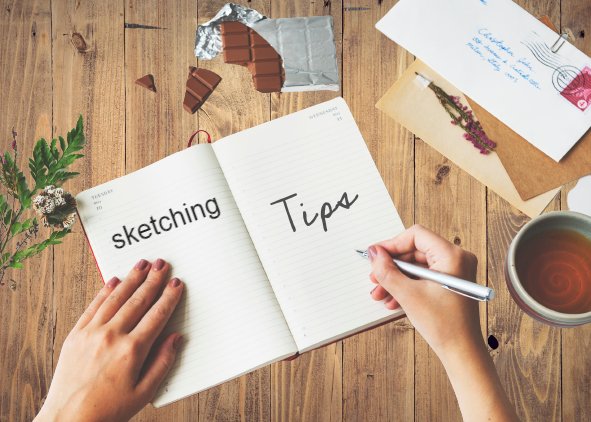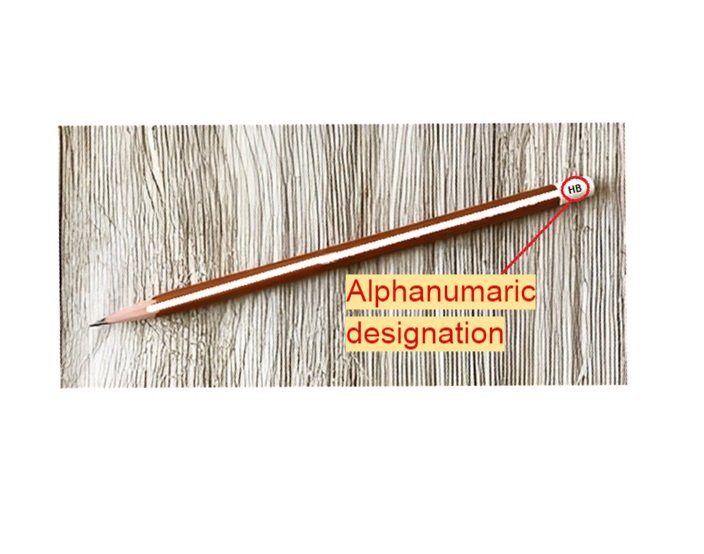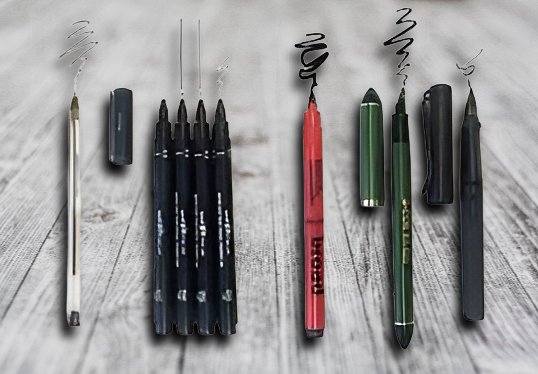Sketching Basic Tips For Beginners
If you want to learn all the basics of drawing, This information is intended for those just starting out and will help them become more knowledgeable.

We value your interest in the drawing world! Sketching is a fantastic way to express your creativity and capture the uniqueness of your surroundings. No matter your level of experience, this introduction will provide you with a place to start studying the art of sketching. Remember that painting is a journey and that everyone starts somewhere. It's crucial to give yourself permission to make mistakes and to view them as chances for improvement. You'll develop your skills, unearth a new talent, and find your unique artistic voice with each sketch. In this introduction, we'll go over some important concepts and methods. We'll also offer you exercises and tips to further your skill development. If you need a way to unwind, use it. Drawing is an excellent way to use your imagination or try something new.
Recommended tools:
I recommend drawing tools for beginners. First, you'll want an affordable sketchbook that you don't mind scribbling in or even tearing a few pages out of. This is where you're going to do a lot of practise work. So make sure you'll feel comfortable sacrificing a few pages to learn a new drawing technique. Now, I'd recommend choosing a sketchbook with thick sheets for durability purposes. If you're buying one online, you can tell how thick the sheets are just by looking at the weight indicated on the cover. I recommend something around 50 to 60 pounds. Also, if you plan to keep pencils for shading those medium-to-dark values, I recommend two types of erasers: a solid one, like a plastic mono eraser, to erase large areas or parts of your drawing that don't require precision erasing. Your sketchbook will last a very long time; make sure it's acid-free to prevent fading and yellowing. This also applies to drawing pads. Grab yourself a drawing pad for polished artwork. The pages are usually thicker and can therefore hold up to a lot more abuse, and they won't easily wrinkle. Choose a paper texture based on your preference. This is usually labelled "the tooth. A smooth or fine tooth will give you a smoother result than a medium tooth. And it's great for detailed drawings. Now the benefit of a medium tooth is that you can layer on more graphite or coloured pencil because there's more surface area and more hills and valleys for the medium to grab onto. You might be most familiar with the HB, or number two pencil, from using it in grade school. It's great for sketching and practising with, but when you want to make your drawings darker and give them more contrast and depth, you'll need a softer pencil. Soft pencils are also easier to blend. This tin has an array of pencils that go from soft to hard or dark to light. Although you don't need to have all of them to create drawings with realistic death, having a set like this just makes the shading process easier and puts less strain on your hand while you draw. If this is out of your budget, I recommend just getting two or three pencils: a hard pencil for sketching, drawing construction lines, and some light shading, and then one or two soft pencils. And then, for erasing fine details, I highly recommend adding a kneaded eraser to your toolbox. You can mould it into any shape to erase even the tiniest detail in your drawing. No rubbing is required. Just press and lift. You don't have to deal with wiping away any crumbs or erasing more than you need. I like sharpeners that are made of all metal because the structure doesn't give while I push and rotate the pencil, giving me a perfectly sharp pencil every time. If you need to sharpen your pencil very often because perhaps you draw with a very heavy hand or you use mostly soft pencils, it probably makes more sense to get an electric sharpener.
A ruler comes in handy for perspective drawings and any other construction lines that you may need to draw. I find that a transparent one works best because it doesn't block my view of the drawing. To prevent unwanted smudges on your hard work, use any clean scrap piece of paper to keep your skin from rubbing against the drawing.
If you don't want to worry about moving the paper around every time you move your hand, get something like a smudge-proof glove that moves with you.
To get your shading to look smooth, you'll want a blending tool that can be a cue. Tip a soft tissue paper or even toilet paper if you need to blend a detail area for the tissue over twice and then fold it into a triangle several times to get a fine point. Once the tissue becomes dirty, just find a clean spot and then fold it again. If you want a blending tool that has a greater amount of stiffness, the right equipment is employed, and blending with charcoal can result in wonderful tone and value. When working with charcoal, blending stumps, tissues, chamois, cotton swabs, cotton balls, foam pads, natural hog bristle brushes, house painting brushes, and kneaded erasers are all wonderful options. Each artist has their own preferences for how they want to mix their charcoal. Drawing with graphite is safe because it is carbon, not lead. This course explores the many varieties of graphite, their names, and the best pencils for drawing graphite.
Grade of graphite:
Graphite is created in different qualities or intensities depending on how soft or hard the material is. The grade of a pen is often indicated by an alphanumeric number on the side or tip of the pen. Writing pens are classified differently and usually only have a number. The hardness or softness of the pen can be determined by the number before the letter. Softer pencils have darker marks than harder pencils. Drawing pencils are graded on a scale based on how soft or hard they are. Right in the centre of the scale is the "HB" pencil.


What are F" feathers?
The "F" pen can produce both darker and lighter marks equally, as it is a slightly lighter version of the "HB" pen. The advantages of using the "H" and "B" pencils in drawing are the most important information in this work. Softer tonal and value transitions are achieved with "H" pencils, which are better suited to fill in the teeth or grain of the paper. "B" pens offer a significantly wider range, including the ability to make lighter marks with less pressure as well as darker marks with more. In addition, graphite's sheen can be diminished by layering it on. After using lighter pencils earlier in the process, darker pencils can be utilised, and each layer must be put in evenly. Finally, it is advised to gradually boost the contrast in the drawing by employing the layering technique.
What kind of pencils are you using for drawing?
Several factors, such as the pressure an artist naturally applies to the pencil, the texture of the paper, and the drawing technique, determine the kinds of pencils an artist should use. For short sketches, a softer "2B" pencil may be sufficient, but for works that require more detail, you may need to use both hard and soft pencils. The majority of painters simply require a few pencils in grades "2H, H, HB, 2B, 4B, and HB." and 6B" to be effective. Graphite is the dark grey material that is frequently present in wooden pencils. Despite the fact that it can exist in a variety of shapes, we typically find it inside a pencil. Most of us can hold them easily, and we've all used them to write and draw with.
You might be surprised to learn that there is no lead inside a graphite pencil, although most of us have heard the term "lead" to describe the material inside. On the other hand, drawing with graphite, a type of carbon, is completely harmless. In this session, we'll explore the many varieties of graphite, the reasons for their names, and the pens you may (or may not) need to successfully draw graphite.

Pens used in sketching:
Most artists only need a few pencils to be successful. Pen options
The best pen choices are Derwent Graphic, Prismacolor Turquoise, and Staedtler Mars Lumograph. However, the quality and behaviour of pens made by different manufacturers vary. An alternative drawing pencil that creates deep blacks without fading quickly is the General's Layout pencil. In the dark, it looks like a "4B" pencil and is more durable than most similar "B" pencils. It can be used with one of the lighter pencils or both. Summary

Artists should use different grades of graphite to create different values, but each has its advantages and disadvantages.
What's Your Reaction?

















